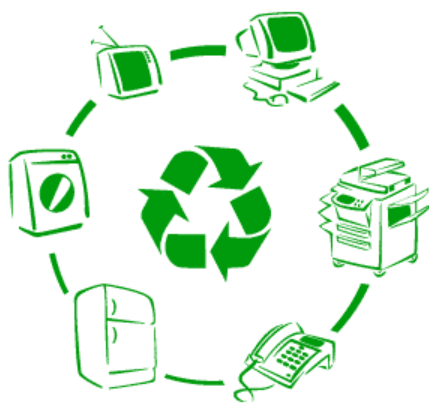Commandez en utilisant votre compte
Ce formulaire est protégé par reCAPTCHA - la Politique de confidentialité de Google et la Conditions d'utilisation s'appliquent.
Commander en tant que nouveau client
Créer un compte a de nombreux avantages :
- Voir la commande et suivre l'expédition
- Suivre l'historique des commandes
- Commander plus rapidement
Waste Electrical and Electronic Equipment Directive (WEEE)
Objectives of the Waste Management System of Electrical and Electronic Equipment..
Registration number RAEE IT10050000006690
Registration number AEE IT13120P00003387

1. Enable the production of waste electrical and electronic equipment (WEEE);
2.Promote recycling, recycling and other forms of WEEE recovery in order to reduce the amount to be initiated for disposal;
3.to improve the environmental aspects of the participation of persons involved in the life cycle of such equipment, such as producers, distributors, consumers and, in particular, operators directly involved in the processing of WEEE ;
4.reduce the use of hazardous substances in electrical and electronic equipment.
Direct cctv srl is the forerunner of the new environmental sustainability models by joining the National Register of Electrical and Electronic Equipment Manufacturers and by subscribing to its obligations through the RaeCycle Consortium, which users will therefore be able to address to overcome Any doubt may eventually mature.
The WEEE logo, if affixed, indicates the impossibility of the article to be disposed of as a common urban waste
What is the WEEE Decree?
Legislative Decree no. 151 of July 25, 2005 - also known as the WEEE Decree - transposes into Italy the European Directive 2002/96 / EC. The WEEE Decree assigns Electric and Electronic Equipment Manufacturers (AEE) the responsibility to finance and manage the collection and treatment of Waste Electrical and Electronic Equipment (WEEE).
What are the main novelties introduced by the WEEE Decree?
The most innovative aspect introduced by the WEEE Decree is that the collection of WEEE from collection centers, their transport to treatment centers and the treatment themselves will no longer be borne by the local authorities, but will be managed by the AEE producers Through the participation in suitable collective systems (eg consortia). Local authorities will be responsible for managing collection centers.

